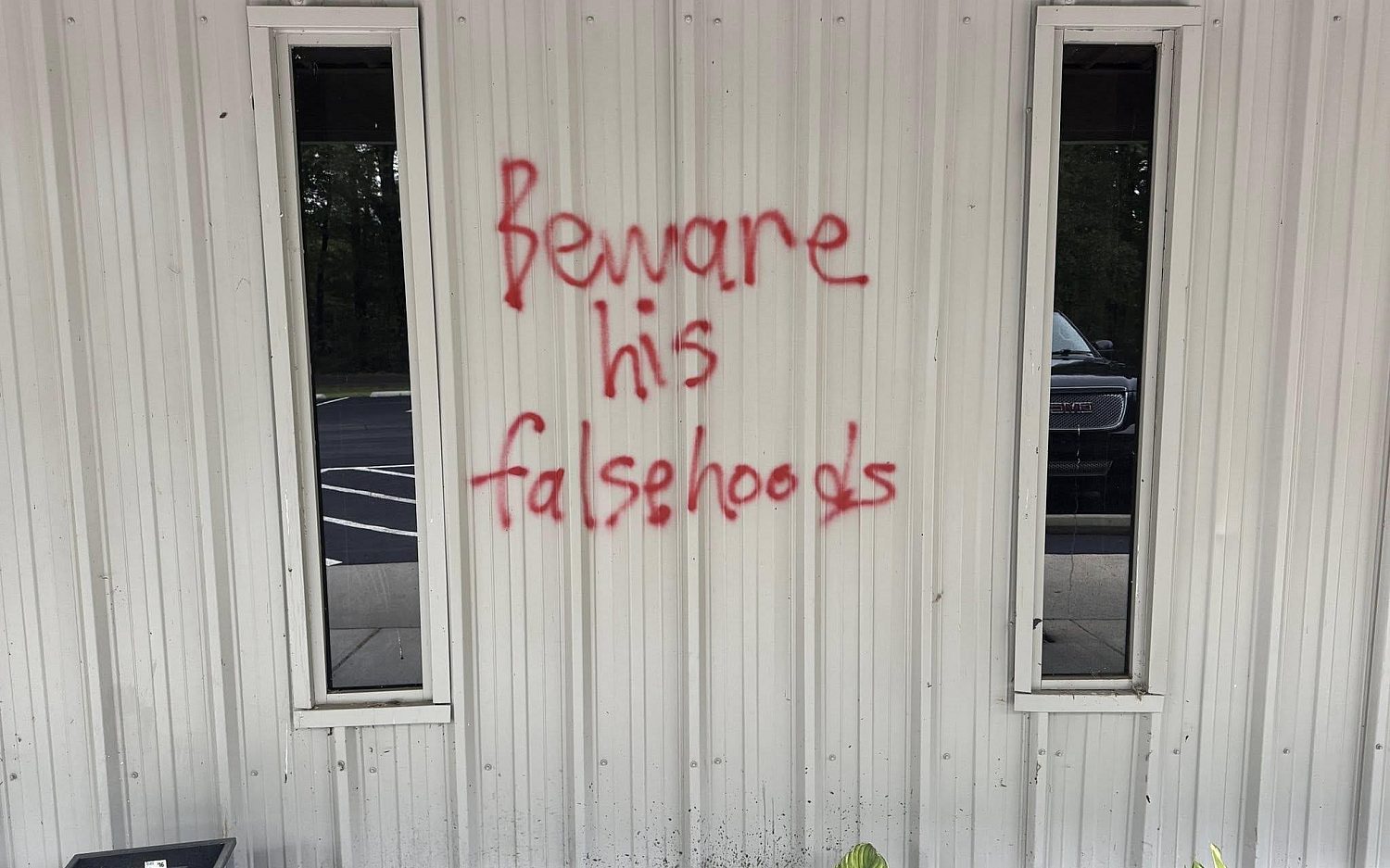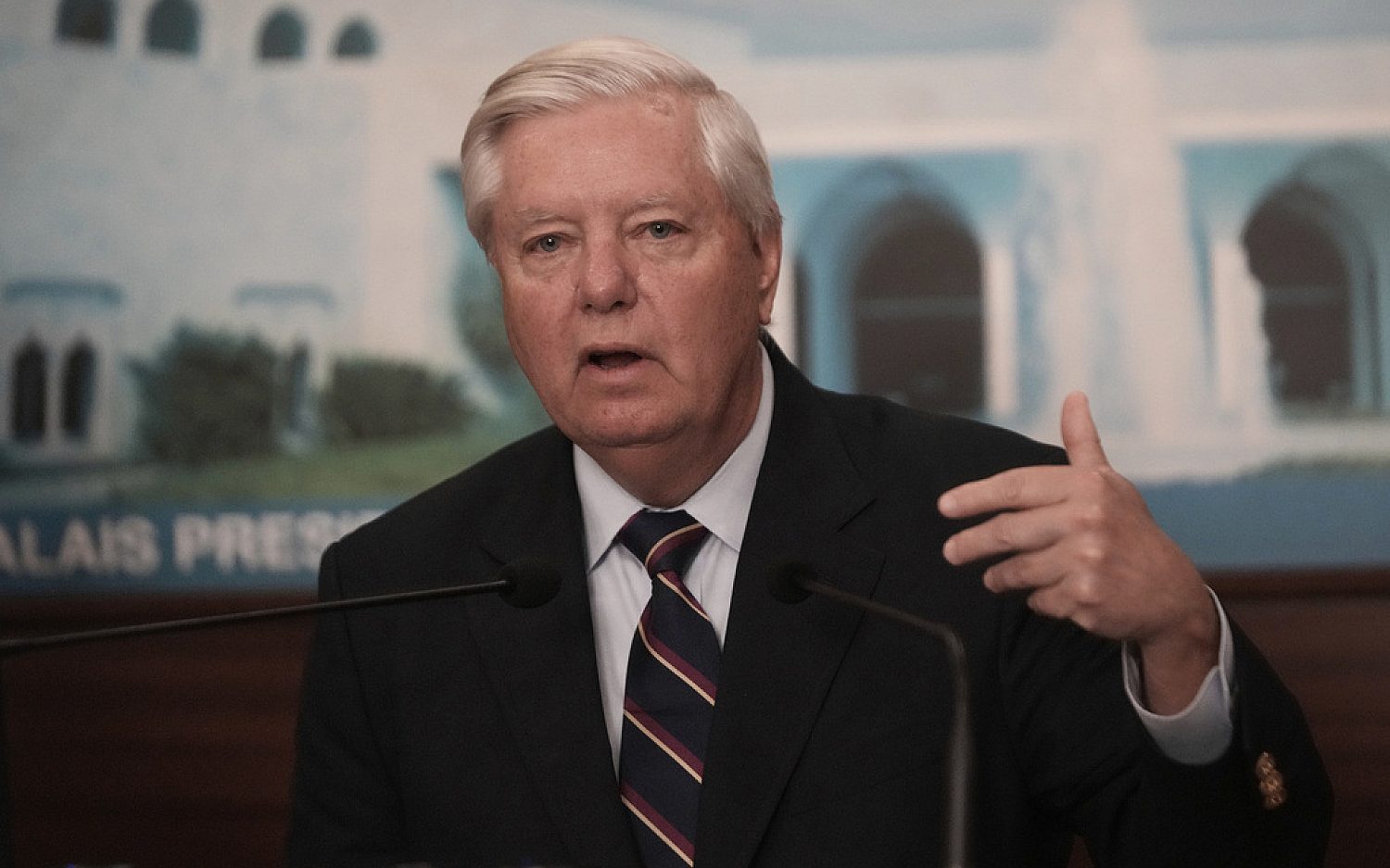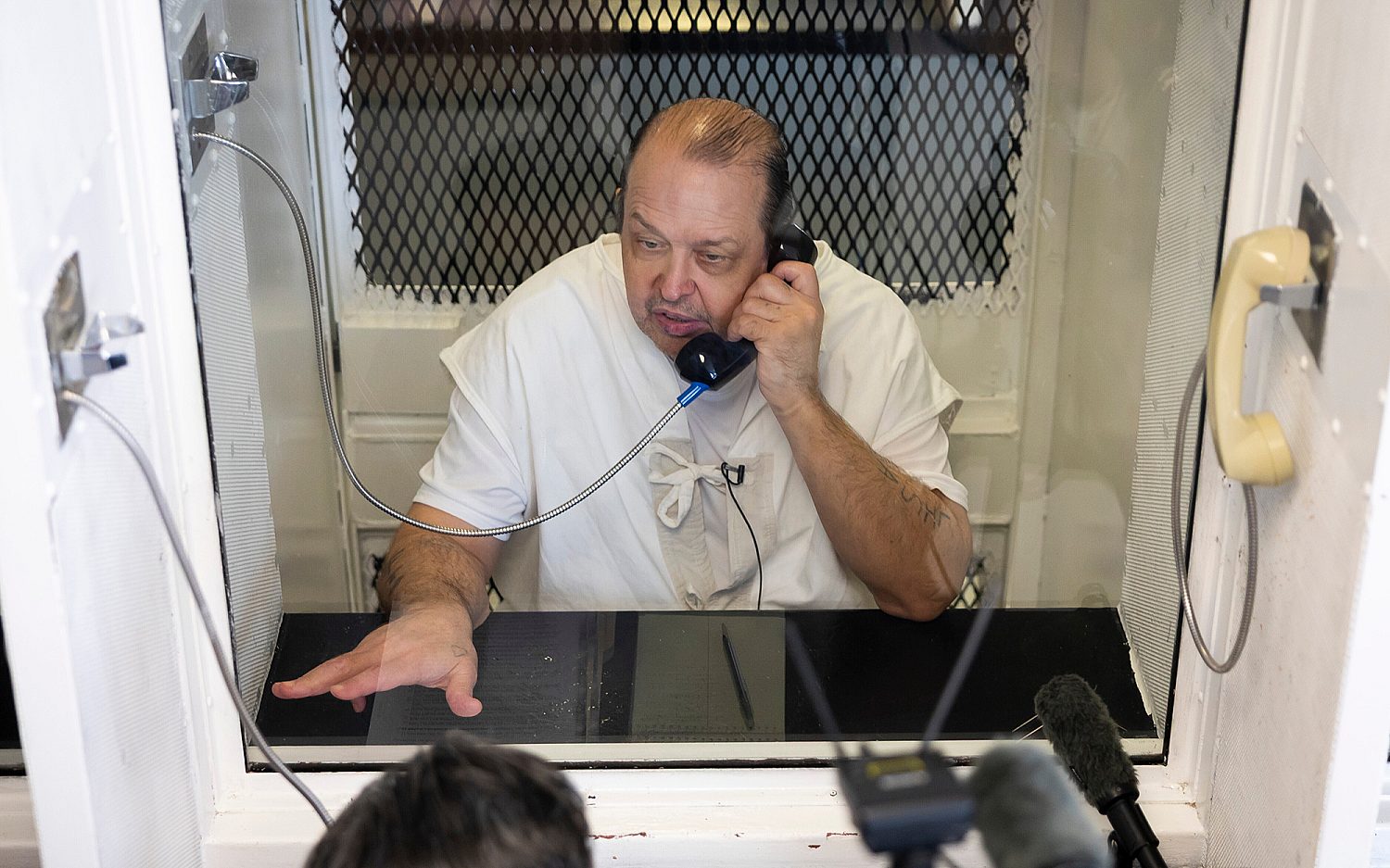Humanitarian mission enhances U.S. presence in Asia
As soon as Navy pilot Matthew Stafford lands his helicopter in the village of Borongan on the Philippine island of Samar, he is rushed by dozens of local men who form a line to unload the supplies and water he has flown in from the USS George Washington aircraft carrier. Children swarm him as he breaks out a box of sweets.
On the islands of Leyte and Samar, which were shattered by Typhoon Haiyan, the U.S. military has been a godsend. But while U.S. support can be critical when disasters like Haiyan strike, staging massive humanitarian relief missions for allies in need can benefit the U.S. military as well. The mission in the Philippines provides an opportunity for U.S. troops to spread goodwill in a region of the world where they are not always portrayed in a favorable light—and sends a powerful message to other countries that aren't on board.
“It will send a signal to all of Southeast Asia, to Asia, that the U.S. is serious about its presence here,” said Philippine political analyst Ramon Casiple. “It's easy to translate this capability for disaster handling into handling warfare.”
Indeed, the image of the U.S. military has been burnished in recent years by its successful execution of major Humanitarian Assistance and Disaster Relief (HADR) operations.
When a major earthquake shattered the island country of Haiti in January 2010, the U.S. Southern Command launched Operation Unified Response, which involved a force of about 22,000 troops, more than 30 ships, and 300 aircraft, providing life-saving assistance and delivering millions of pounds of food and water.
From March to May of 2011, Operation Tomodachi (Operation Friend) provided U.S. assistance and support to Japan following the 2011 Tohoku earthquake and tsunami. It involved 24,000 U.S. service members, 189 aircraft, 24 naval ships, and cost $90 million.
From the military perspective, humanitarian missions like the ongoing Operation Damayan in the Philippines offer concrete benefits—the chance to operate in far-flung places, build military-to-military alliances, and get realistic training—that may later apply to fighting and winning wars.
In the week since the disaster, military forces from countries in the region have sent aid to the Philippines, but none has come close to matching the help from the United States. Equally important, America's regional rival China so far has not sent any military personnel and contributed a relatively tiny amount of financial aid.
“This is being done in a big way that highlights the meager response of China—that's the politics there,” said Casiple. “They're saying China is not actually your friend in the region.”
China announced Sunday it is ready to send rescue and medical teams to the Philippines, but did not say when the teams would depart.
The Associated Press contributed to this story
An actual newsletter worth subscribing to instead of just a collection of links. —Adam
Sign up to receive The Sift email newsletter each weekday morning for the latest headlines from WORLD’s breaking news team.




Please wait while we load the latest comments...
Comments
Please register, subscribe, or log in to comment on this article.